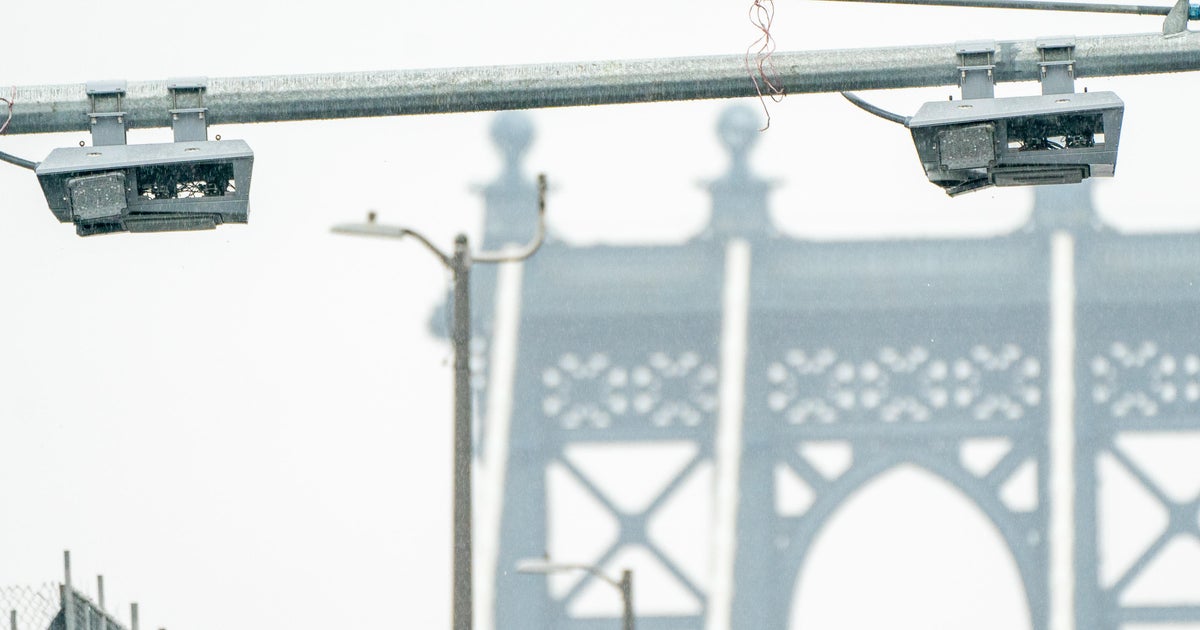An unconstitutional overreach? CBS2 investigates NYPD continuing banned practice of patrolling private buildings
NEW YORK -- A federal monitor has found that the NYPD is continuing to patrol inside private buildings after banning the practice in 2020, and possibly doing so to target people for stop and frisk.
CBS2's Ali Bauman investigates what some call an unconstitutional overreach.
The signs are on apartment buildings in all five boroughs, warning that the NYPD patrols private residences and trespassers are subject to arrest.
"This building, that building, most of these buildings have that sign, and they're serious," said Terrence Davis, of the Bronx.
"They will protect the residents in the building," added Mabel Gago, also of the Bronx.
The signs are from a police program called "Clean Halls" or TAP: Trespass Affidavit Program, dating back to the Giuliani era.
At its peak, thousands of New York City landlords gave police permission to patrol inside apartment halls at any time.
The problem is, the NYPD got rid of that program three years ago.
When asked why the TAP program was stopped, NYPD Chief of Risk Management Matthew Pontillo said, "In this day in age, there just wasn't a need for it."
But a new report from the federal monitor tasked with reviewing NYPD practices found that in some precincts officers continued to patrol inside the buildings after the program ended, with various patrols resulting in "serious compliance concerns with stop-and-frisk encounters."
"Officers are still using TAP locations as a basis for stopping people, which is unconstitutional," NYCLU staff attorney Daniel Lambright said. "When you have officers doing these random interior patrols of people's homes, it obliterates that safety that people feel, and especially when you have that racialized dimension, it really relegates people to kind of second-class citizenship."
"Are officers still doing random interior patrols of TAP buildings, even though the program's ended?" Bauman asked.
"No, we don't see it, and we look at the monitor's report. They really only cite just a few examples," Pontillo said.
Chief Pontillo showed CBS2 body camera footage from instances he says could seem like random patrols to the monitor, including when officers confronted a group smoking inside their car in an apartment building's garage.
Pontillo says the cops were there because they received a series of 311 complaints.
"Some would ask, is this just the same act of monitoring a building under a different name?" Bauman asked.
"Right, except that it's not programmatic and it's not random, right? So it is still responsive to community complaints and crime conditions and quality-of-life conditions, but it's not indicative of over-policing," Pontillo said.
He says the department has trained and retrained officers since ending TAP and made all landlords aware. But the signs, which are on private property, remain.
"That really gives officers an indication that these buildings were formerly in TAP, and it also doesn't communicate to residents that TAP has ended," Lambright said.
"Do you think it sends the right message to the residents of that neighborhood to have those signs still up?" Bauman asked Pontillo.
"I guess it depends upon your perspective. If people think that those signs give them an elevated feeling of security, then I think that's a good thing," Pontillo said.
The federal monitor says until the NYPD works with its office to ensure police are no longer patrolling inside buildings, it cannot conclude the program has ended.




